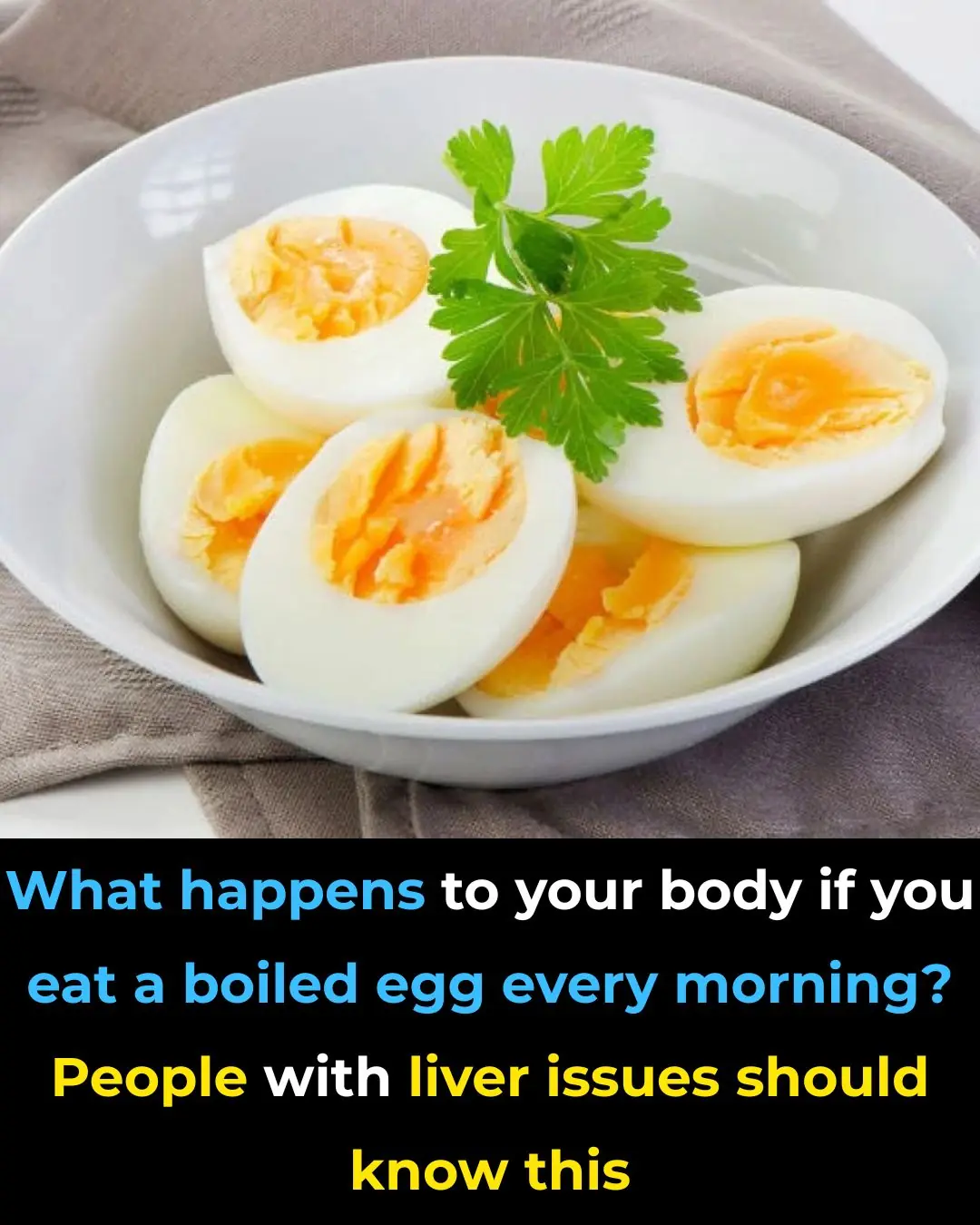
How Drinking Bottled Water Could Seriously Impact Your Health
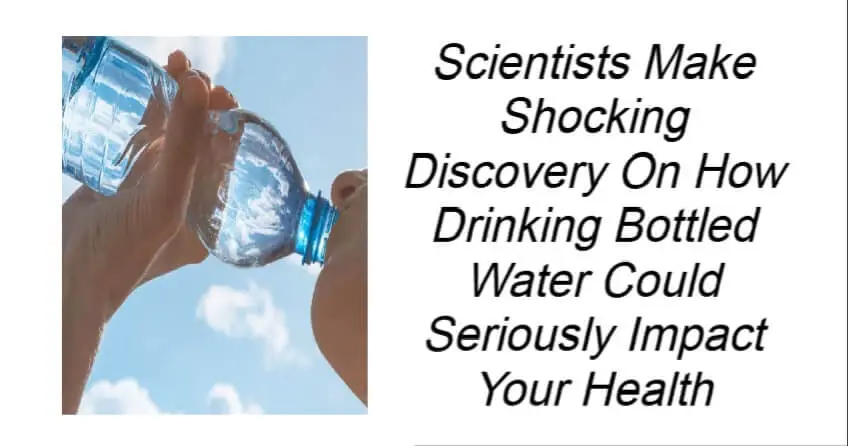
Health experts and environmental scientists are raising serious concerns over a disturbing new finding: bottled water may not be the safe, pure hydration source many believe it to be. New research reveals that plastic water bottles contain harmful hydrocarbons and microplastics that may pose severe risks to human health—including damage to vital organs.
In 2024, consumers in North America alone drank a staggering 16.2 billion gallons of bottled water—a 2% rise from the previous year. Despite growing awareness about sustainability, many people continue to trust popular premium brands like Evian, Fiji, and Smartwater, believing they offer superior health benefits. But new scientific evidence suggests the opposite: these bottled beverages might be exposing millions to dangerous microscopic pollutants.
Bottled Water: A Hidden Source of Microplastic Pollution
Groundbreaking studies conducted by Columbia and Rutgers Universities have revealed an alarming truth: a single liter of bottled water contains an average of 240,000 microscopic plastic particles—a number far higher than earlier estimates. This discovery has cast doubt on the supposed purity of bottled water, especially from brands that market themselves as natural or sourced from pristine environments.
These particles are known as microplastics, tiny fragments that result from the breakdown of larger plastic materials. They are not only found in bottles but are also common in cosmetics, detergents, synthetic fabrics, and even household dust.
Researchers identified seven different types of plastic contaminants in bottled water, including:
✅ Polyamide – a synthetic polymer used in nylon
✅ Polyethylene terephthalate (PET) – the primary plastic used in bottles
✅ Polystyrene – frequently used in food packaging and disposable utensils
✅ Plus other plastics like polyvinyl chloride (PVC) and polypropylene
In a study published by the Proceedings of the National Academy of Sciences, scientists confirmed that the majority of these microplastics originate directly from the bottle and the cap, especially after exposure to heat, UV rays, or extended shelf life.
Microplastics: A Threat That Travels Through the Body
Once consumed, microplastics don’t just stay in the digestive system—they can migrate into the bloodstream and accumulate in critical organs such as the brain, liver, kidneys, and lungs. Even more alarming, researchers have found microplastics in placental tissue, meaning unborn children may also be at risk from maternal exposure.
A recent study published in Communications Biology pinpointed the kidneys as one of the most vulnerable organs. Microplastics are not just inert particles; they serve as “chemical sponges,” absorbing and carrying toxic compounds. One of the most dangerous of these is Benzo(a)pyrene (BaP), a polycyclic aromatic hydrocarbon (PAH) with well-documented health risks:
🚨 Carcinogenic effects – strong links to several forms of cancer
🚨 Genetic mutations – DNA damage leading to long-term health disorders
🚨 Infertility and reproductive issues – as identified by the European Chemicals Agency (ECHA)
🚨 Allergic reactions and immune system disruption
🚨 Toxic effects on aquatic life and ecosystems
These microplastic-bound toxins can cause intestinal damage, kidney dysfunction, and chronic systemic inflammation. And all of it could be triggered by something as seemingly harmless as drinking from a plastic bottle.
How You Can Reduce Microplastic Exposure—Starting Today
The good news is that there are practical steps you can take immediately to reduce your microplastic intake and protect your long-term health. Here’s how:
✅ Switch to filtered tap water. Studies show that using a high-quality water filtration system can reduce your exposure to microplastics by up to 90%.
✅ Use reusable containers. Stainless steel or glass water bottles are safer, long-lasting alternatives to plastic.
✅ Avoid heating plastic containers. Heat accelerates the release of microplastics. Never leave plastic bottles in a hot car or microwave food in plastic containers.
✅ Rethink your seafood consumption. Many fish and shellfish ingest microplastics, which then move up the food chain to humans.
✅ Choose natural fabrics. Washable synthetic fabrics like polyester shed microfibers that enter waterways and eventually make their way into drinking water. Opt for organic cotton, linen, or wool instead.
✅ Minimize single-use plastics. Bring reusable shopping bags, cutlery, and straws wherever you go.
✅ Support plastic-free initiatives. Encourage local businesses and communities to adopt sustainable packaging and reduce plastic waste.
One study from Genomic Press found that switching from bottled water to filtered tap water can reduce your annual microplastic consumption from 90,000 particles to just 4,000—a dramatic improvement.
Final Thoughts: It’s Time to Rethink the Bottle
For years, bottled water has been marketed as a healthy, convenient, and premium hydration choice. But science tells a different story. These seemingly clean containers are often a source of invisible pollutants that could quietly compromise our health over time.
By making simple changes—like switching to filtered water, using sustainable containers, and reducing plastic waste—we can protect our bodies, safeguard future generations, and help heal the environment. It starts with a single bottle—and a single decision.
News in the same category

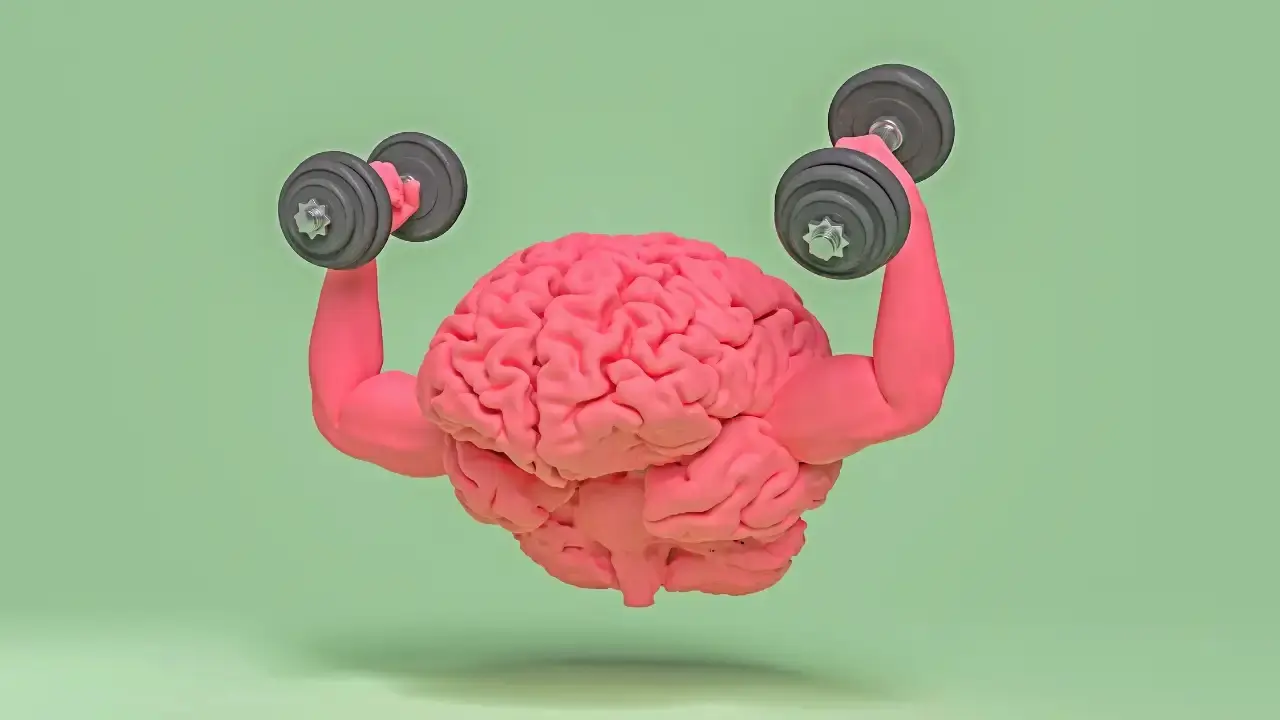
If You Do These 8 Things You Are Slowly Destroying Your Brain
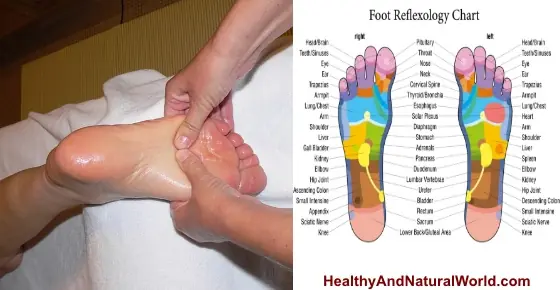
The Unexpected Health Benefits You Get from Massaging Your Feet Often Will Shock You
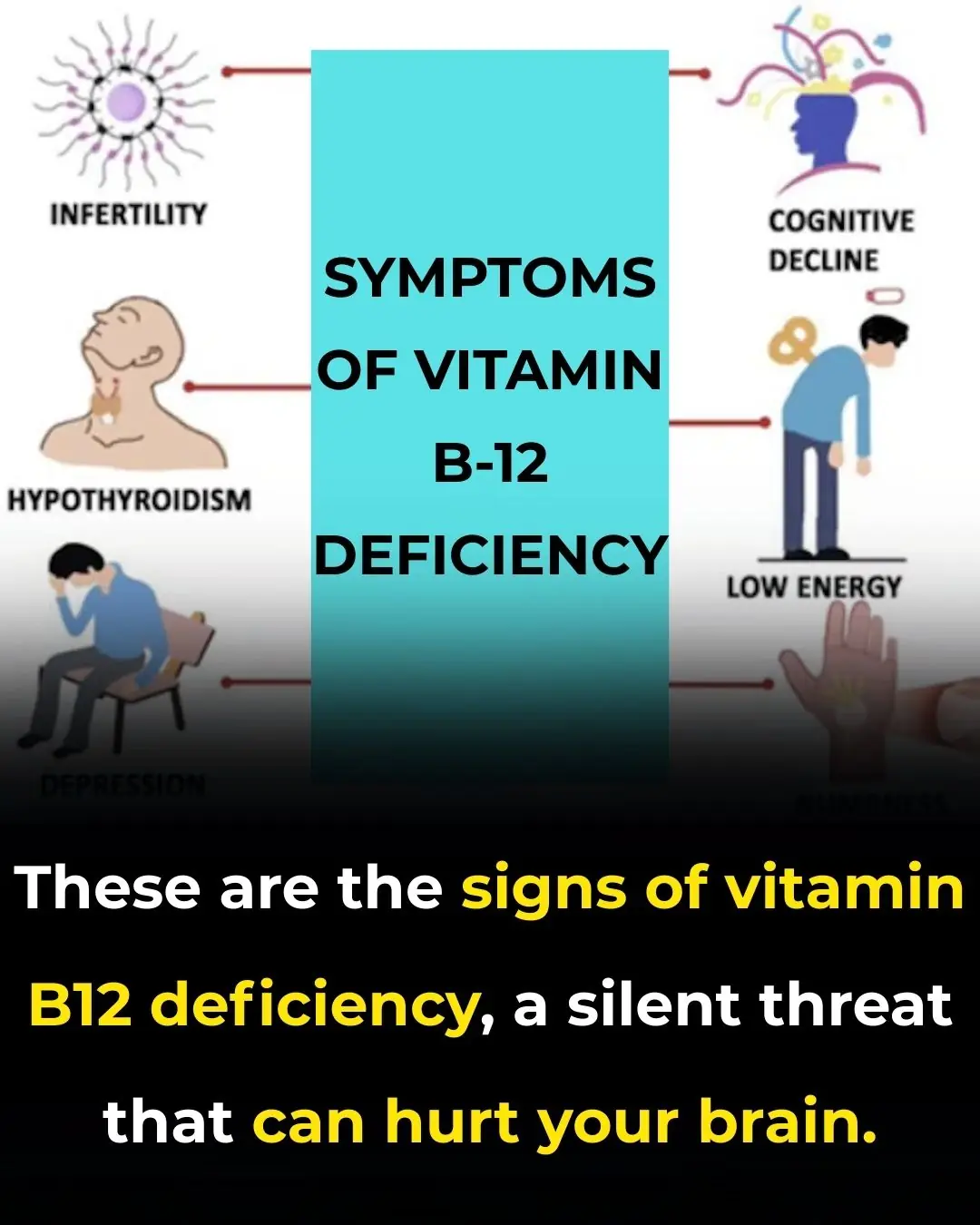
Symptoms of Vitamin B12 Deficiency
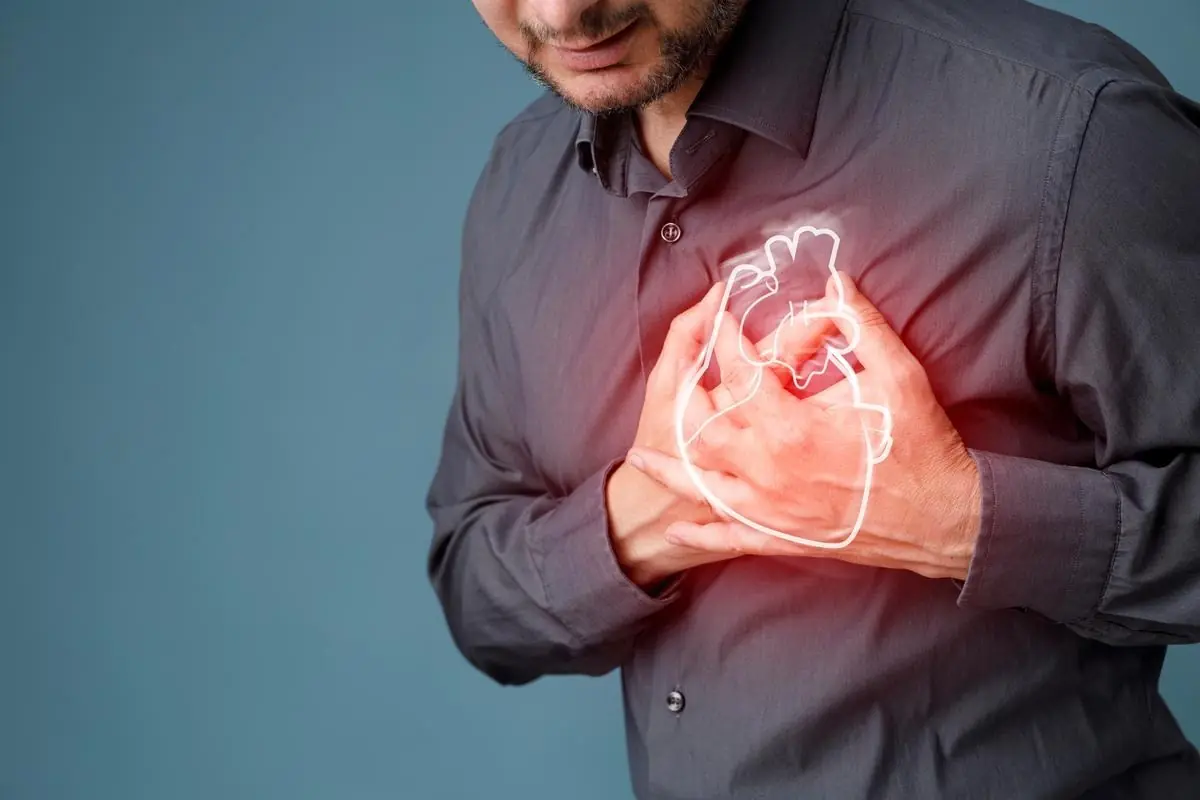
If Your Heart Hurts Suddenly, It Could Be a Warning Sign of These Diseases

Study Confirms: Your Morning Coffee Boosts Happiness
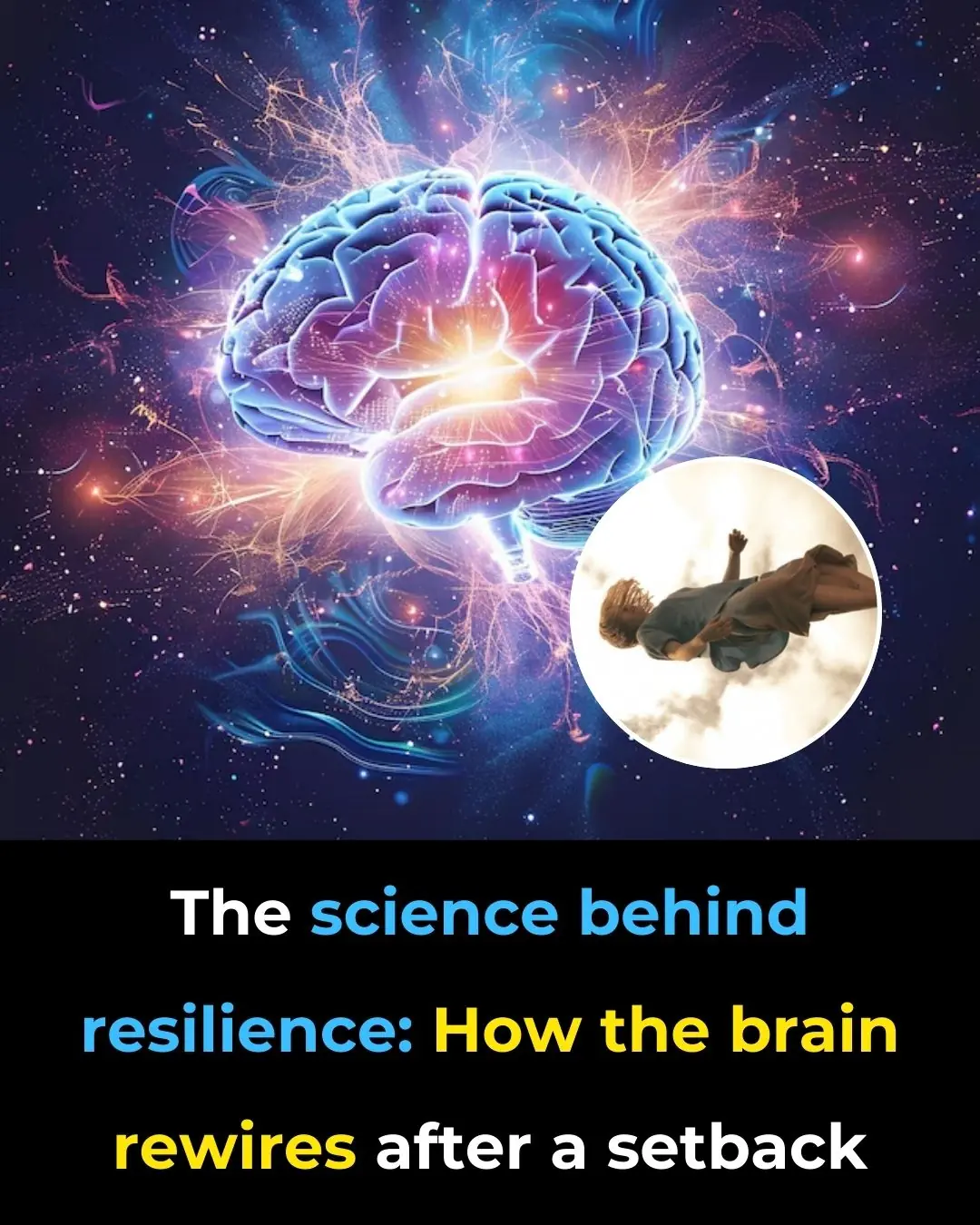
The Science Behind Resilience: How the Brain Rewires After A Setback
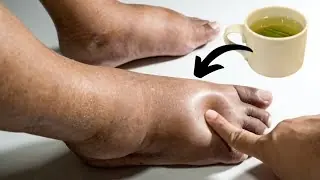
Swollen Legs, Ankles and Feet: Causes and Proven Remedies (Including Parsley Tea Recipe)

We Tested Dozens of Workout Leggings — These 11 Were the Best
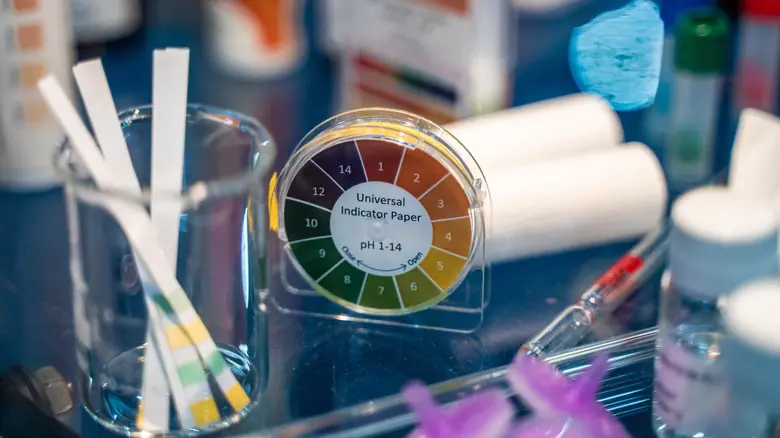
pH Balance and Your Health: What the Science Says About Acidosis and Alkalizing Your Body
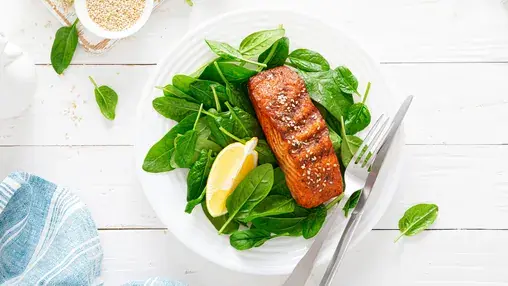
5 Best Foods for Alopecia
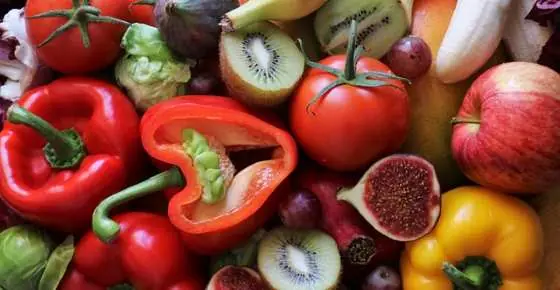
The Anti-Cancer Diet: Cancer Fighting Foods to Help Prevent Cancer (Evidence Based)
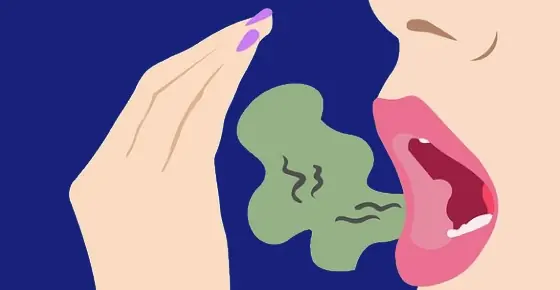
How to Get Rid of Bad Breath (Halitosis): Scientifically Proven Home Remedies

Which Antiplatelet Works Better in Impaired Renal Function?

Debate Over? Radiotherapy vs Surgery in High-Risk Prostate Cancer
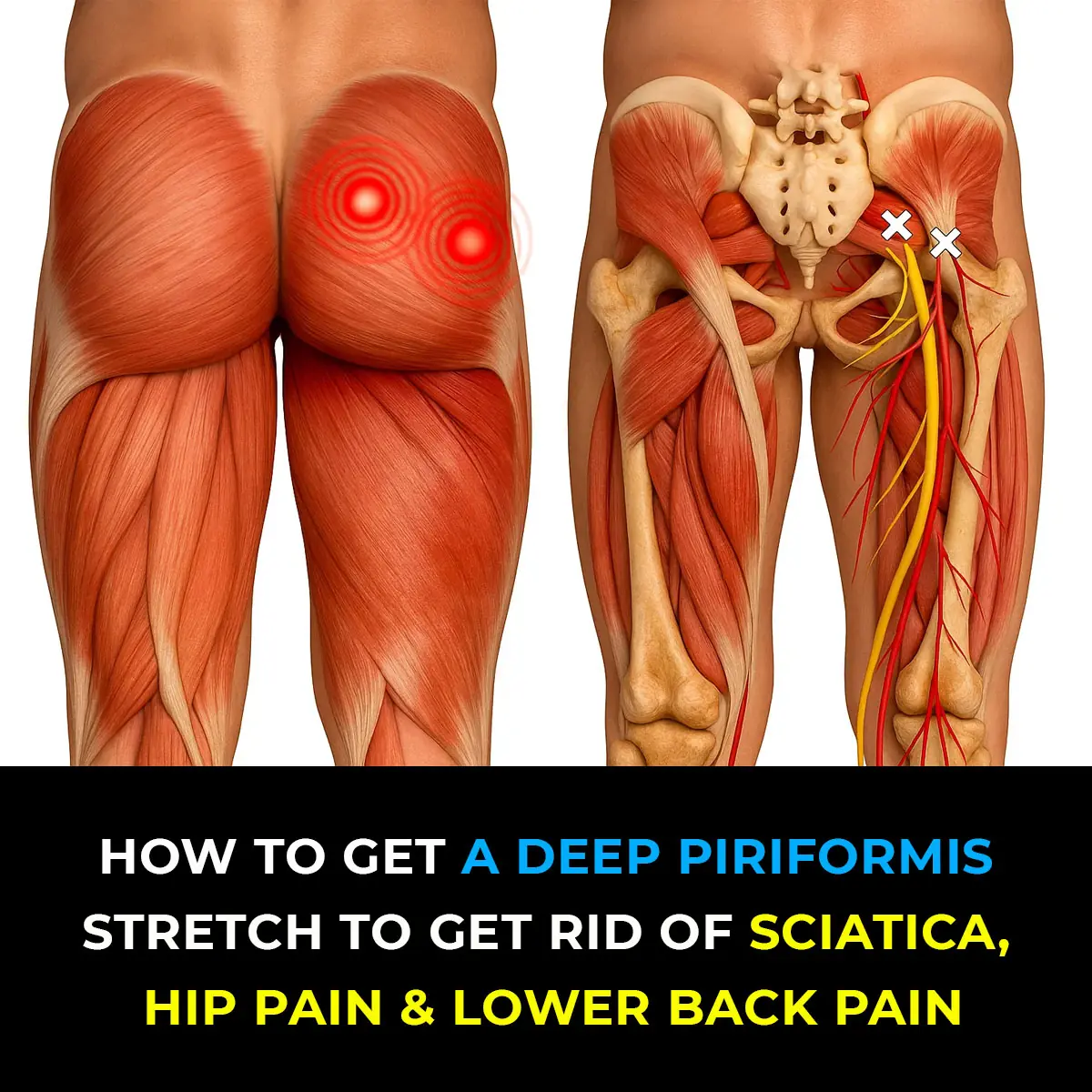
Powerful Piriformis Stretch to Soothe Sciatic, Hip, and Lower Back Pain

Schamroth Window Test May Reveal if You Have Finger Clubbing

6 Benefits of Eating Garlic Before Bedtime
News Post

'Hostile' comet aimed at Earth could obliterate the world's economy 'overnight' if it hits

Iconic movie sequel delayed until 2027 after online sleuths 'guessed the plot'

Wooden Cutting Board Got Black Mold? Skip the Soap—Do This 5-Minute Reset
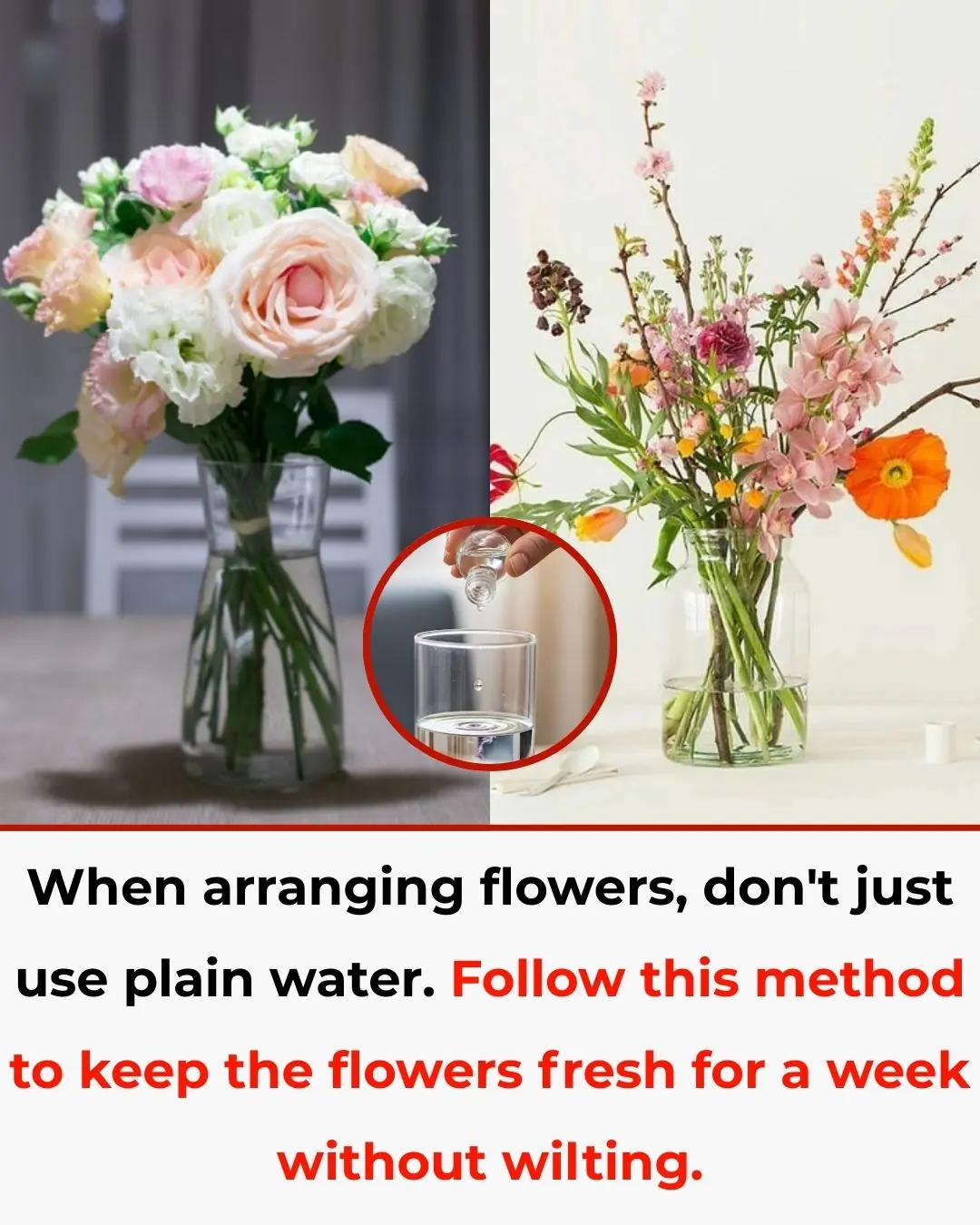
Don’t Use Plain Water for Flower Arrangements

When Boiling Sweet Potatoes, Don’t Use Plain Water—Add a Spoonful of This for Softer, Sweeter Results
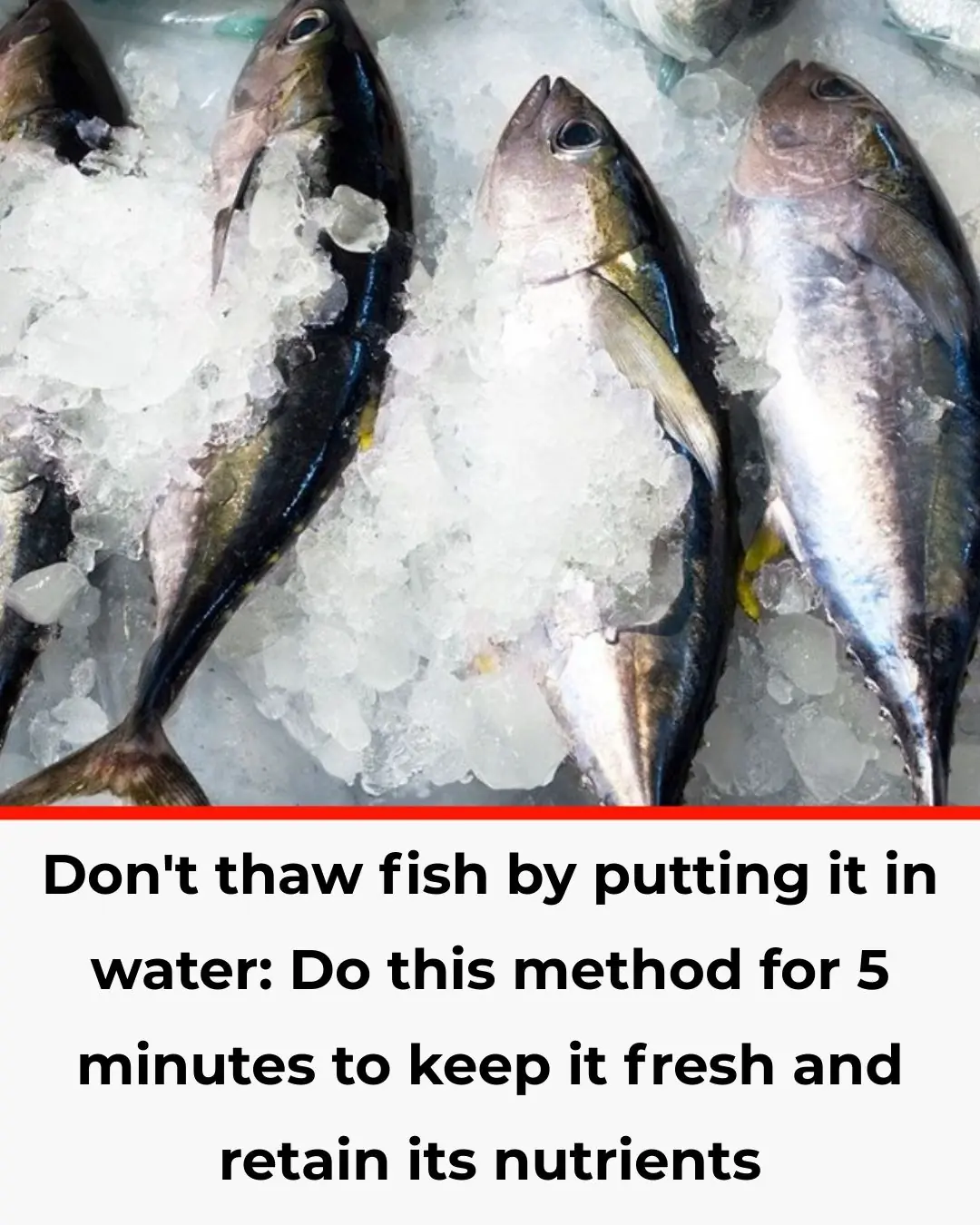
Don’t Thaw Fish by Putting It in Water

Don’t Clean Your Bathroom Mirror with Plain Water
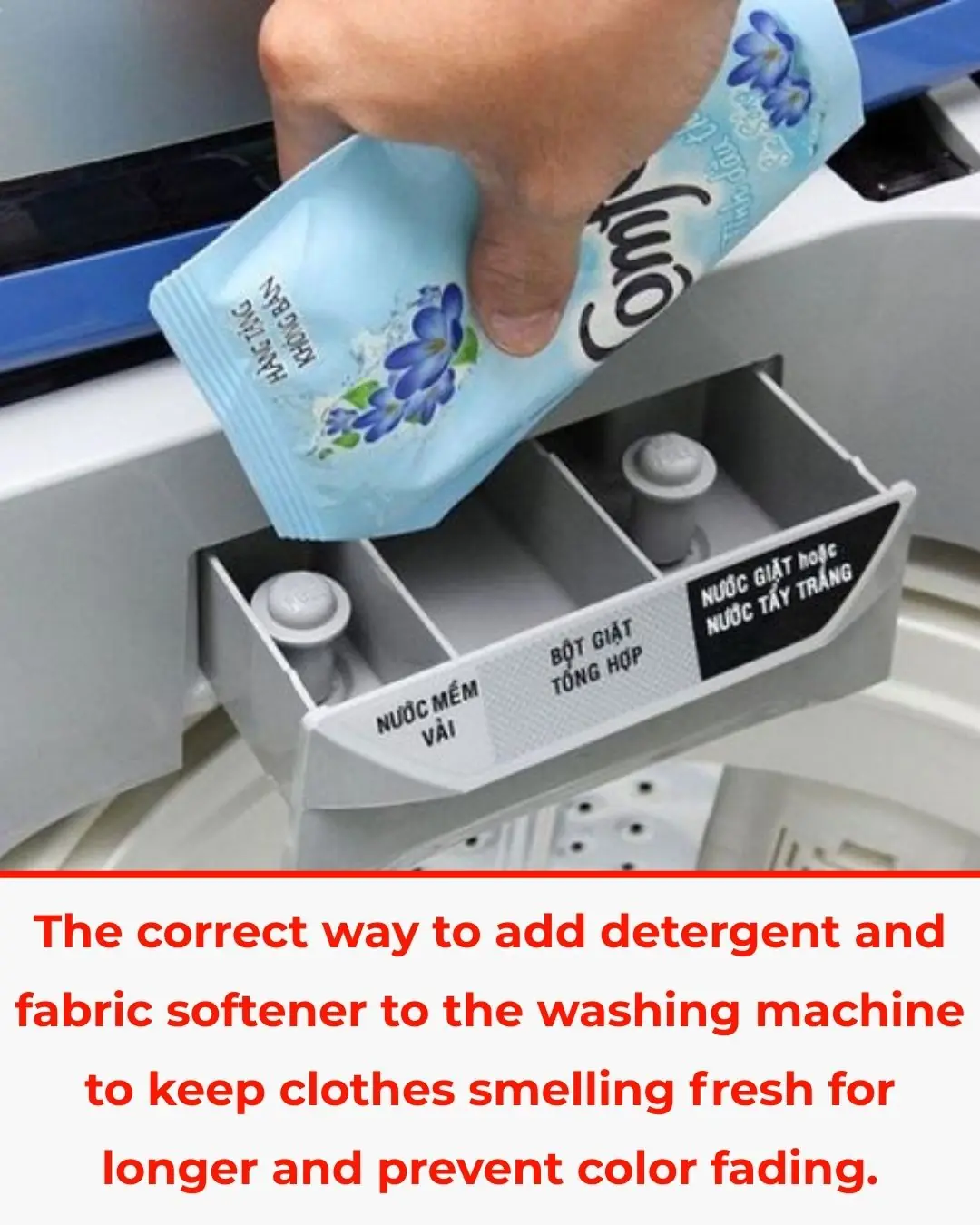
The Correct Way to Add Detergent and Fabric Softener to Your Washing Machine
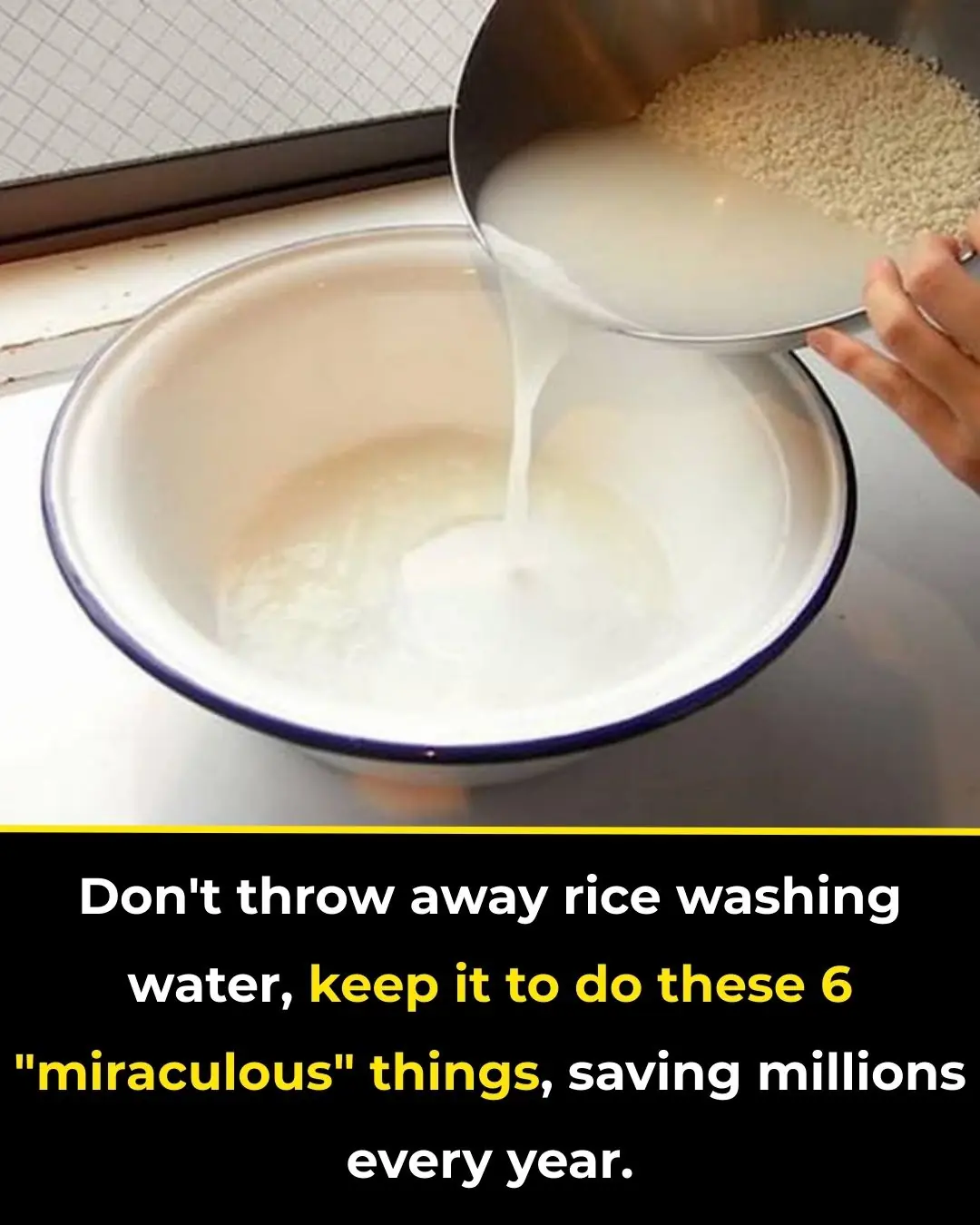
Don’t Throw Away Rice Washing Water: 6 Smart Uses That Can Save Serious Money
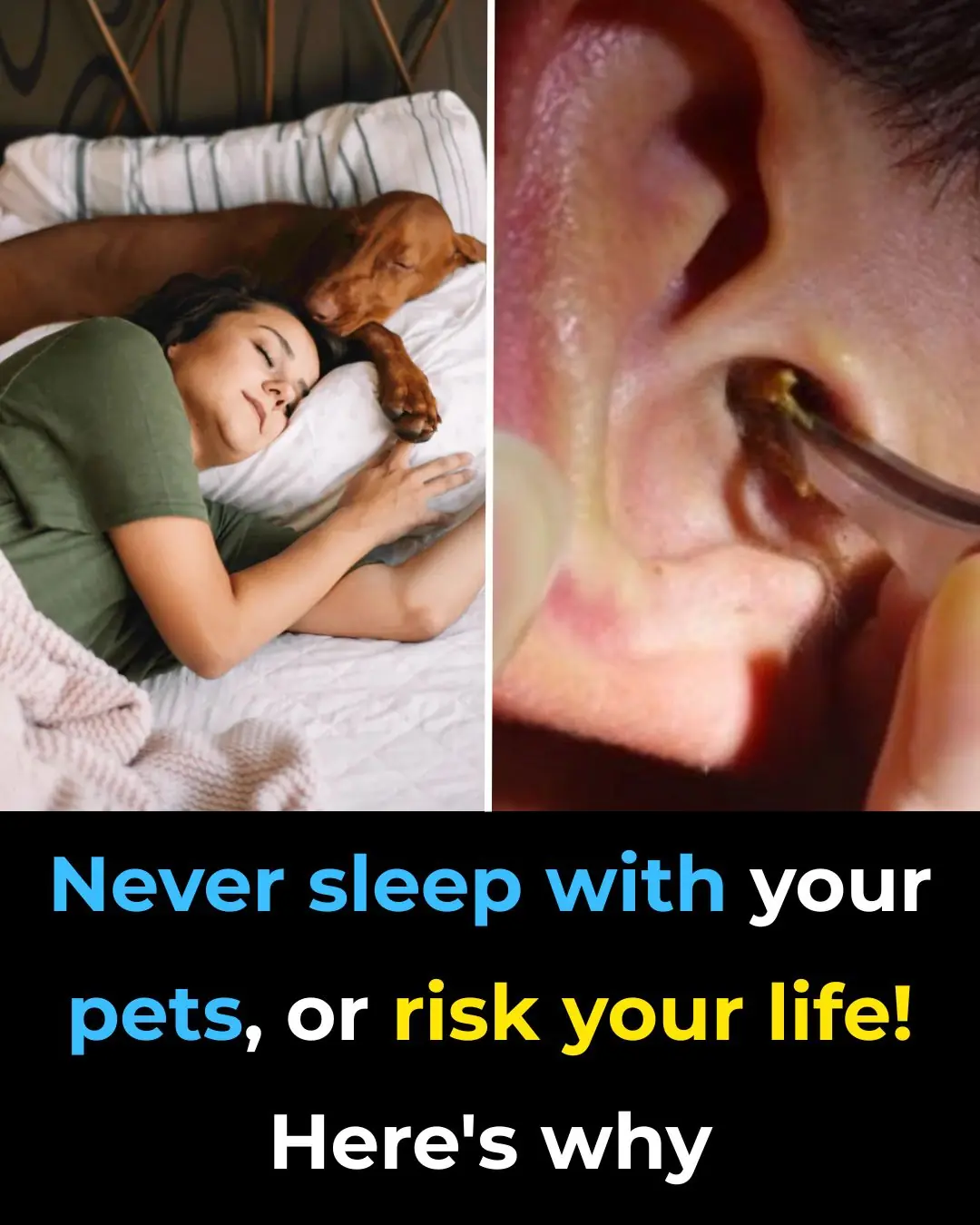
Don’t Sleep With Your Pets
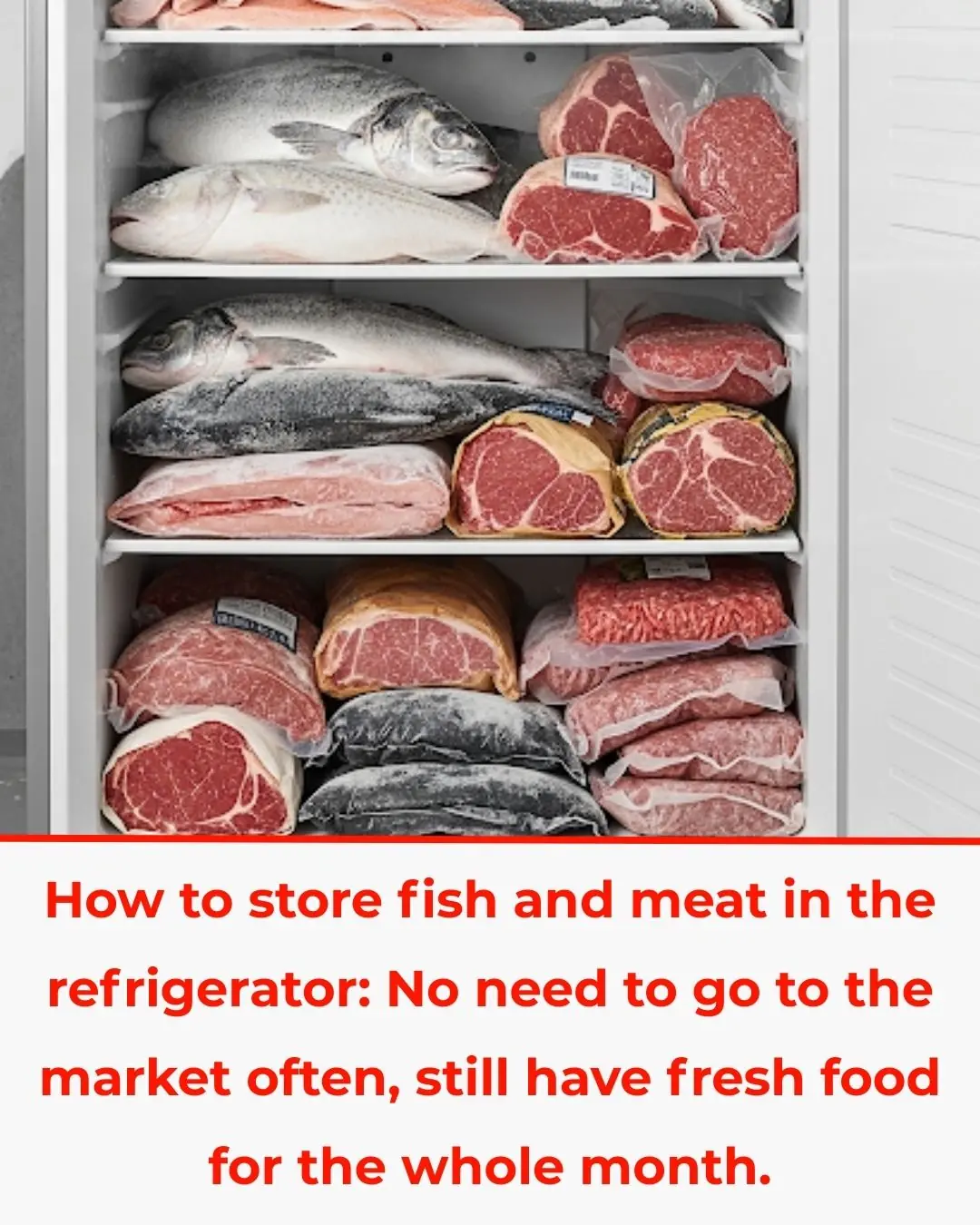
How to Store Fish and Meat in the Refrigerator: Shop Less, Keep Food Fresh All Month

How many eggs should you eat a week?
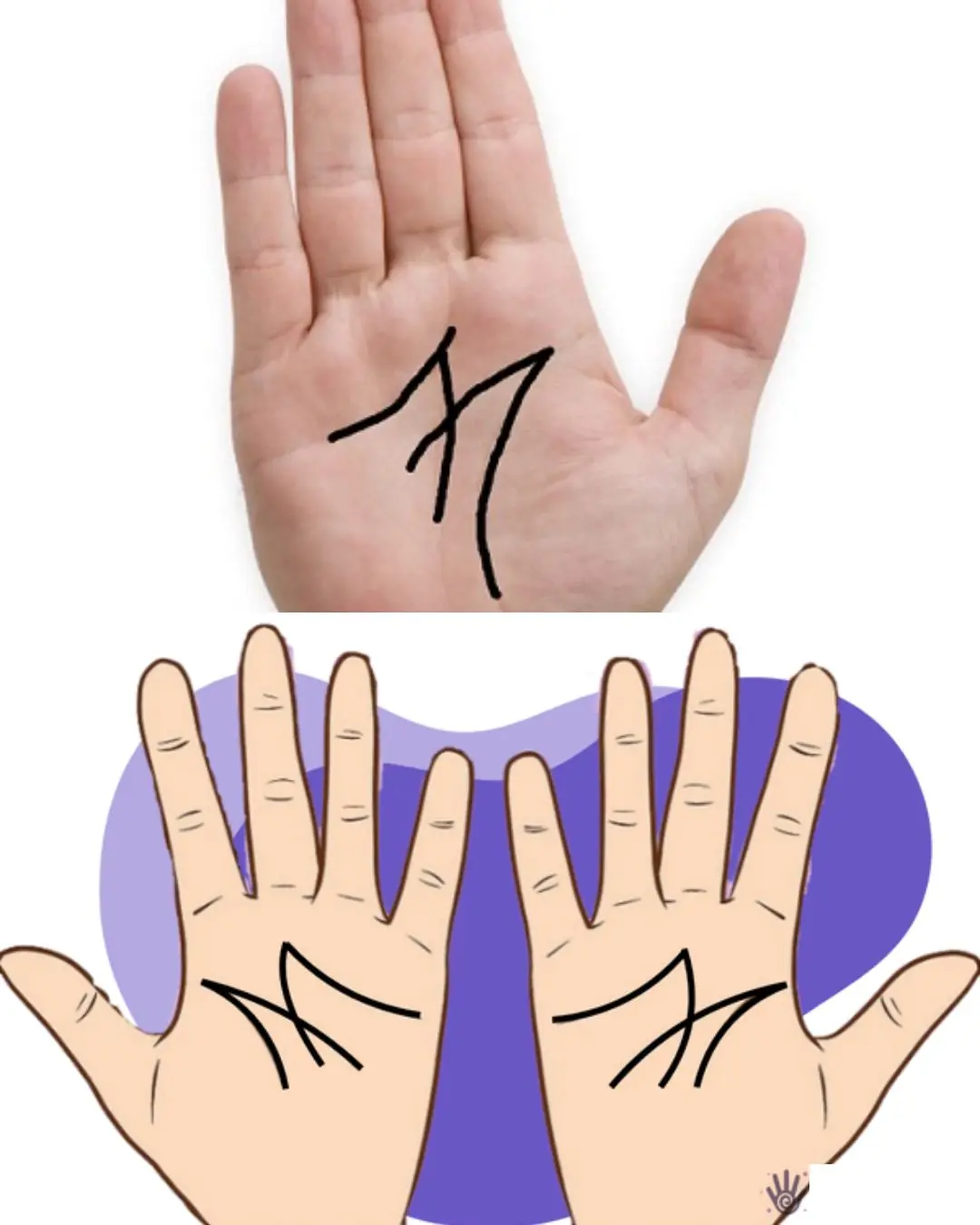
The Secret Meaning of the Letter “M” on Your Palm

The Remarkable Journey of Tru Beare, Who Was Born Weighing Only One Pound

If You Do These 8 Things You Are Slowly Destroying Your Brain

The Unexpected Health Benefits You Get from Massaging Your Feet Often Will Shock You
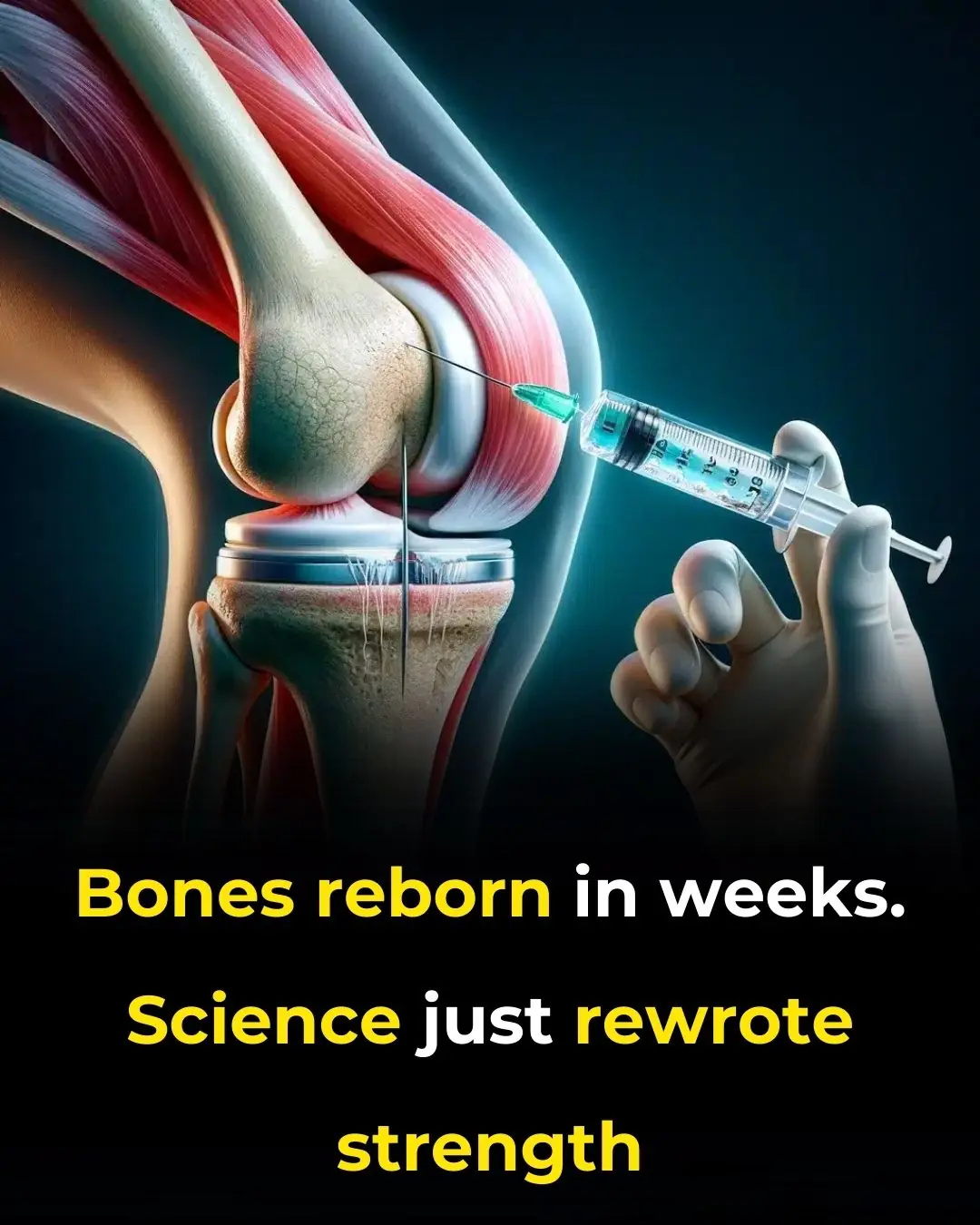
Researchers Create Injectable Hydrogel to Boost Bone Strength

If You Have Moles on This Part of Your Body
